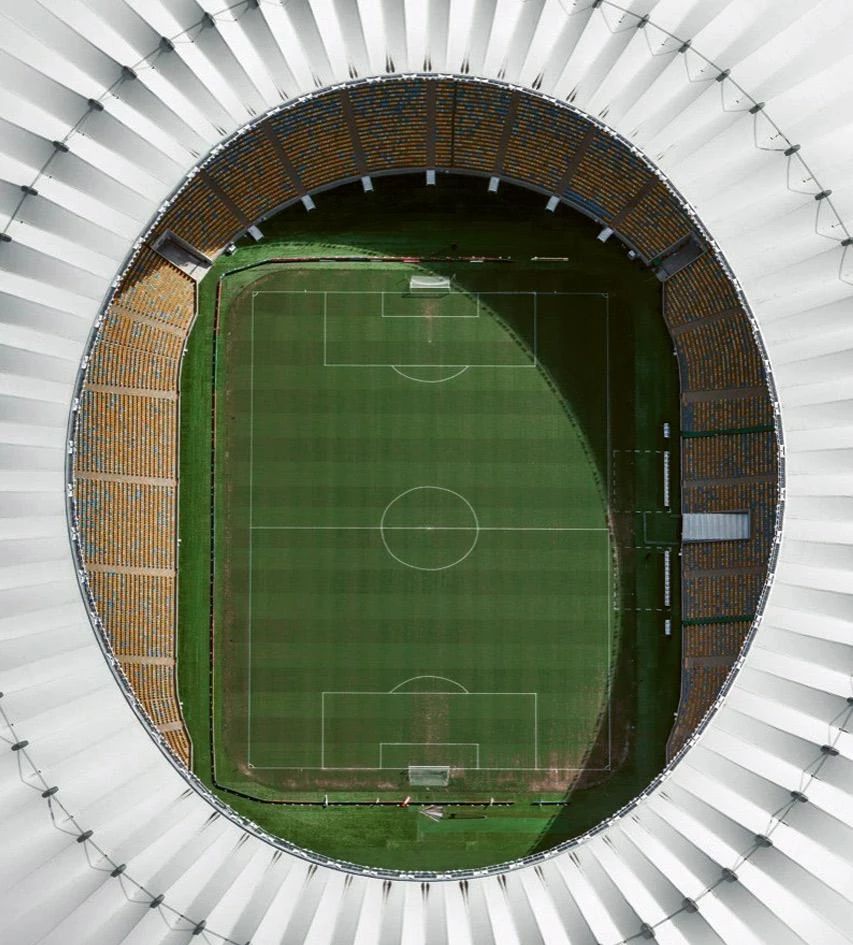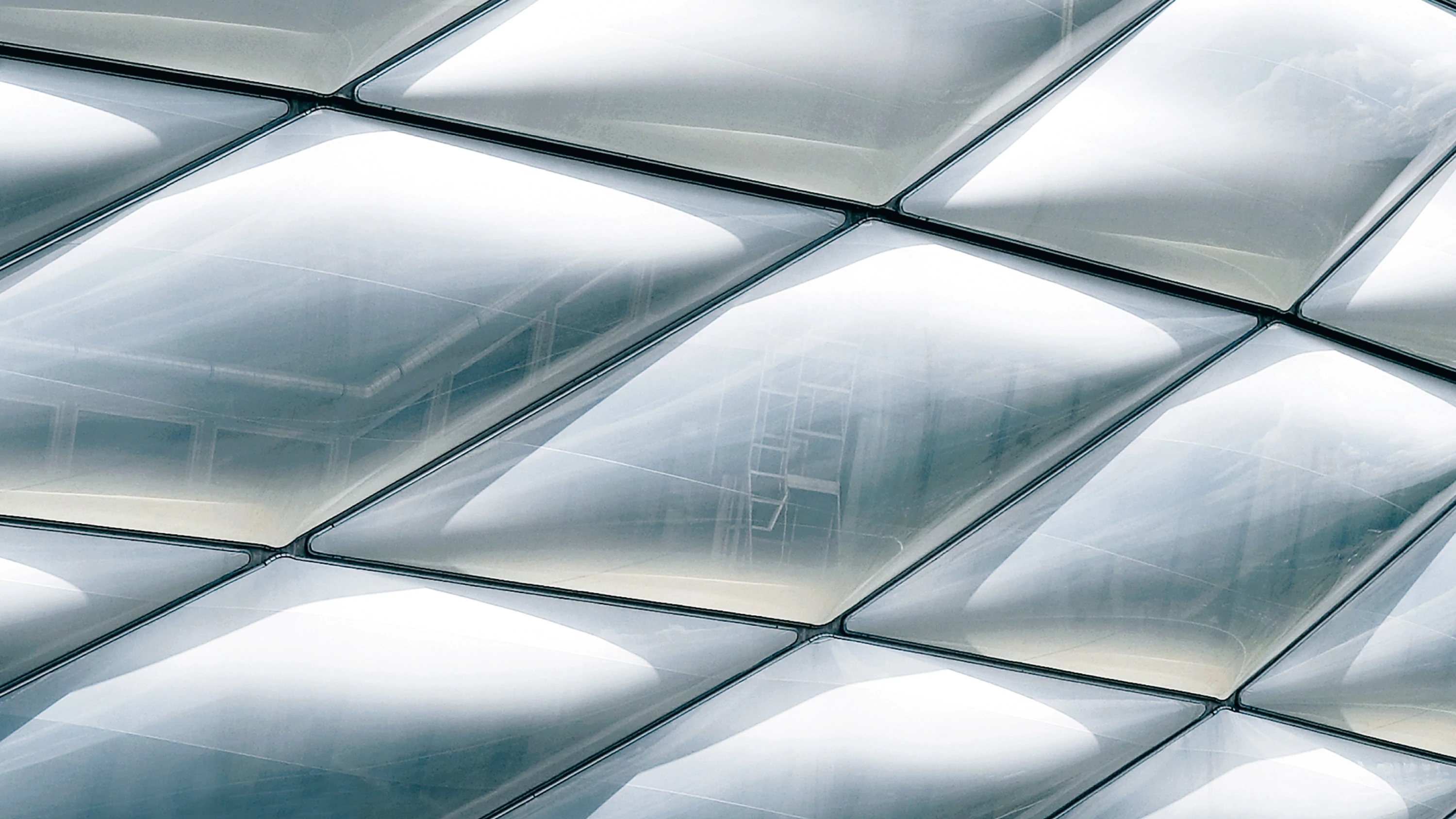Oriental ornaments
Four Football Stadiums for Qatar 2022

Herzog & de Meuron, Allianz Arena, Munich (Germany) © Duccio Malagamba
Among all the Latin expressions that keep giving form to our languages, there is one in particular that has not lost an iota of applicability: panem et circenses. Coined by the poet Juvenal in referring to the peculiar political system of ancient Rome, the phrase can be used to describe our own Anthropocene globalization: ‘interesting times’ beset by new problems that are very difficult to solve, but which at heart are still governed by the standard thinking that associates the stability of a state or government with sustenance and entertainment.
The continued validity of the Roman maxim holds even truer – disturbingly truer – in light of the fact that time has not changed the nature of mass pleasure, the satisfaction of which is guaranteed through a carefully thought-out mix, in doses, of aesthetic gratification and collective emotion which the Romans found in gladiator fights and we in football matches. In both cases it is the competition that is being celebrated and aestheticized, and the spectacle comes as much from the spectators as from the contenders. The crowd sees itself mirrored in the arena, celebrates itself.
In olden times these functions took place in amphitheaters, and today’s venues are directly descended from them. We mean football stadiums, a building type which, from the classicist versions of the early 20th century to the technically sophisticated but ostentatious variants of the early 21st, has undergone an evolution whose continuity attests to the interest that buildings of this kind have always aroused. An interest which, beyond function or aesthetics, is political, because stadiums – and with them, major sport championships – are a highly efficient way of putting cities and countries on the map of the globalized world.
This is a generalized phenomenon that has materialized with special emphasis in the organization of the FIFA World Cup in Qatar, a dubious operation climate-wise (the tournament has been moved to our winter), logistics-wise (it has disarranged the sporting calendar), politics-wise (it is a tacit recognition of a theocratic regime), and even morals-wise (it endorses a project carried out with workers subjected to a regimen describable as rigorous at best), but which nevertheless has an undeniable social, economic, and also architectural reach.
Arquitectura Viva covers the event through this dossier, presenting in detail the principal coliseums set to host, like mass ornaments, the awaited football contest, all erected ad hoc and designed by leading firms: Lusail Stadium by Foster+Partners, where the final game is to be played; Stadium 974 by the Spanish office Fenwick+Iribarren; Al Thumana Stadium by this same team; and finally Al Janoub Stadium by Zaha Hadid Architects.

Fernandes/Arquitetos Associados and Schlaich Bergermann, Maracana Stadium, Rio de Janeiro (Brazil)






